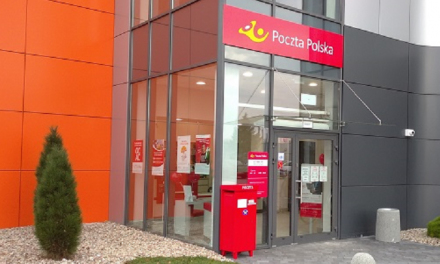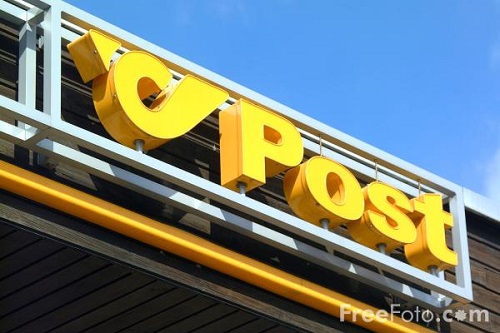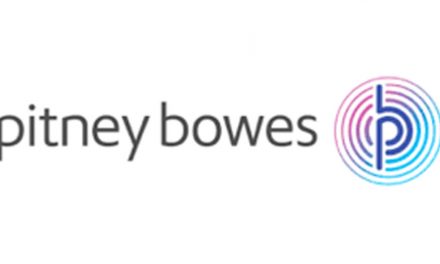
The new smart – are you giving your bills the chance to shine?

Clive Stringer, Business Development Director for Pitney Bowes, looks at whether businesses are making the most of the marketing opportunities presented by bills. In our connected world, 144.8 billion emails are sent every day1. Facebook adds almost six new users every second. Instant messaging platforms and chat apps continue their popularity, with WhatsApp gaining 300 million new users during the 12 months to August 2015, year-on-year growth of 60%2. If we want to communicate instantly, whether digitally or even – unusual though it may be – vocally, we have plenty of ways to do so. But in this screen-swiping, smartphone-fiddling, keypad-tapping environment in which every moment of people’s lives is shared, liked and retweeted, physical mail still elicits a strong emotional response.
We know that demand for letter post services across Europe has declined in contrast to increasing revenues in parcel and express sectors3. But Germany, the UK and France still have the largest letter post markets in Europe in terms of absolute revenue and volume4. The value, accuracy, reliability and tangibility of mail are proving a strong draw to businesses who are integrating it with different channels to drive results. Those businesses with a deeper understanding of how consumers interact with mail, and where it adds value, are seeing increased ROI, improved engagement and higher response rates.
A major research project5 with over 9000 respondents looked in depth at how consumers respond to mail. Its fascinating results demonstrate the immense, and often underrated, power of physical mail and the instinctive emotional connection it generates. Unsurprisingly, transactional mail elicits the highest open and interaction rates: 83% of us open a statement, bill or information update, and 69% interact with the mail piece. 71% of us open a brochure from a company from whom we’ve ordered previously, and 56% interact with it; and 60% open a letter about a product or service we don’t have, with 43% interacting with it.
The research found that we refer to a piece of physical mail several times a day, and spend an average of seven uninterrupted minutes engaging with a mail piece. And we hang onto mail: advertising mail is kept, on average, for 17 days, whilst bills and statements are kept for around 45 days, often displayed in a household for that amount of time.
This popularity for transactional mail in particular was also observed in a study by Itella6, which looked at communication channels for sending bills in sixteen European countries. It found that consumers from Germany, the UK and some Eastern European countries expressed strong preferences for paper bills. Some regions are still uncomfortable with electronic billing: De-Mail is an E-Government solution for secure electronic communication in Germany, and De-Mail providers including financial organisations can send digital messages or bills. It has, however, met with concerns about security and usability. This comes back, once again, to consumers’ preference for physical, tangible communication.
In France, mailing houses are accounting for an ever-larger share of transactional and direct marketing mail, with growth of 4.5% in the prepared transactional mail segment7.
But if we like transactional mail – and if 83% of us open it – why are we still ‘just’ receiving bills from service providers and financial organisations? Are businesses missing out on the chance to create relevant, colourful, engaging communications which create impact and drive sales? For many organisations, the answer is yes. This is a huge, untapped opportunity for businesses to engage with consumers, and here’s why:
- There is no other more regular customer touchpoint
- You are building on, not beginning, a customer relationship
- You can inform, update and cross-sell other products or services at no extra cost
- You can generate credibility through accuracy and precision of information
- You can demonstrate your brand’s personality, individuality and differentiators
- You can add value by including vouchers and offers
- You can integrate a physical bill within a digital campaign – driving customers to a landing page to enter a competition and share additional information, for example
- You can improve personalised, highly relevant marketing messages to recognise loyalty, demonstrate value and improve retention
- You can include contextual messages and targeted offers specific to a particular location
- You can educate and inform your customers on CSR activities
- You can include a call to action which goes beyond paying the bill – contacting your organisation to find out more about alternative tariffs or different payment plans
Technological advancements mean physical mail is working harder, and smarter, than ever before. Printing and finishing systems are integrating with state-of-the-art software platforms to produce full-colour, highly personalised mailings including the ability to print messages on envelopes to drive open rates; enhanced software ensures the accuracy of addressing data and all-but- eliminates costly returns; and built-in document integrity facilitates a clear audit trail.
Now, it’s up to organisations to make sure they’re not missing a trick, to let bills take centre stage, and give transactional mail the chance to shine.
2 http://wearesocial.net/blog/2015/08/global-statshot-august-2015/
3,4 http://ec.europa.eu/internal_market/post/doc/studies/20130821_wik_md2013-final-report_en.pdf
6 http://eeiplatform.com/2579/itella-survey-about-invoicing-in-16-european-countries/
7 Autorité de régulation des communications électroniques et des postes research (ARCEP)











